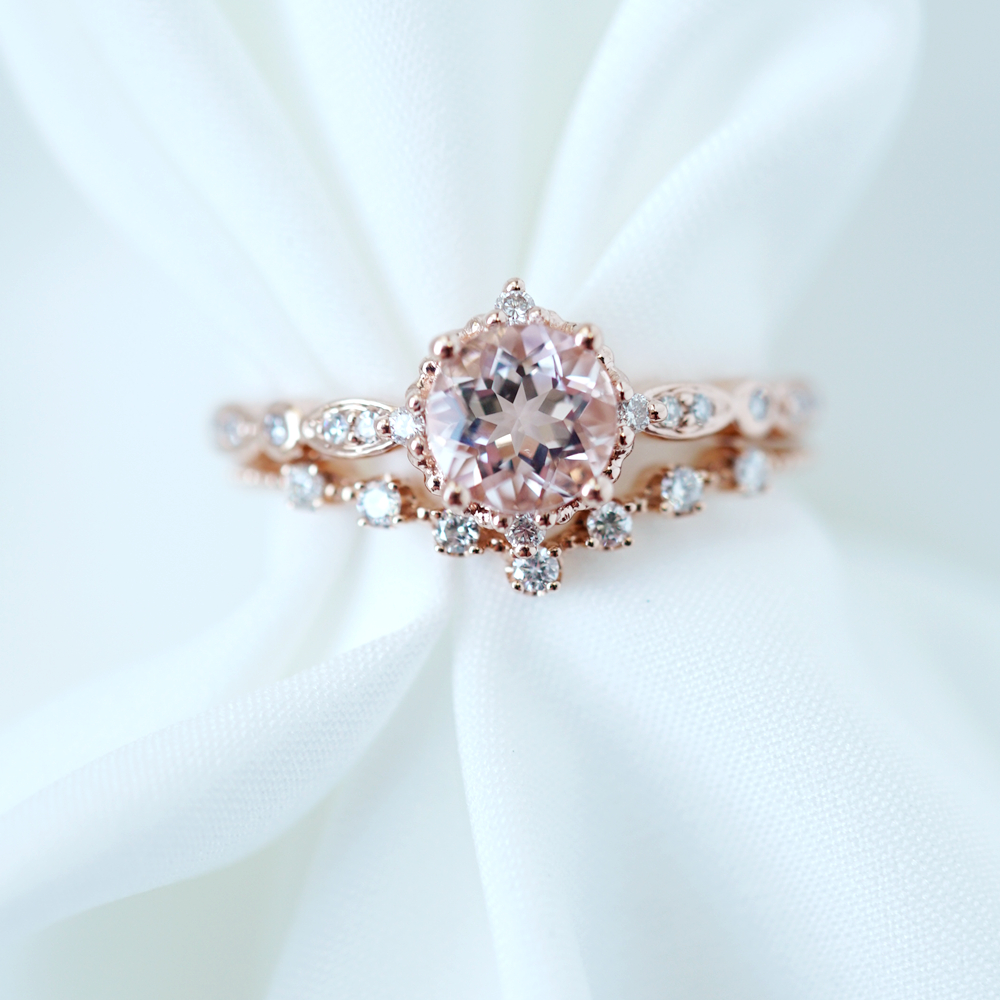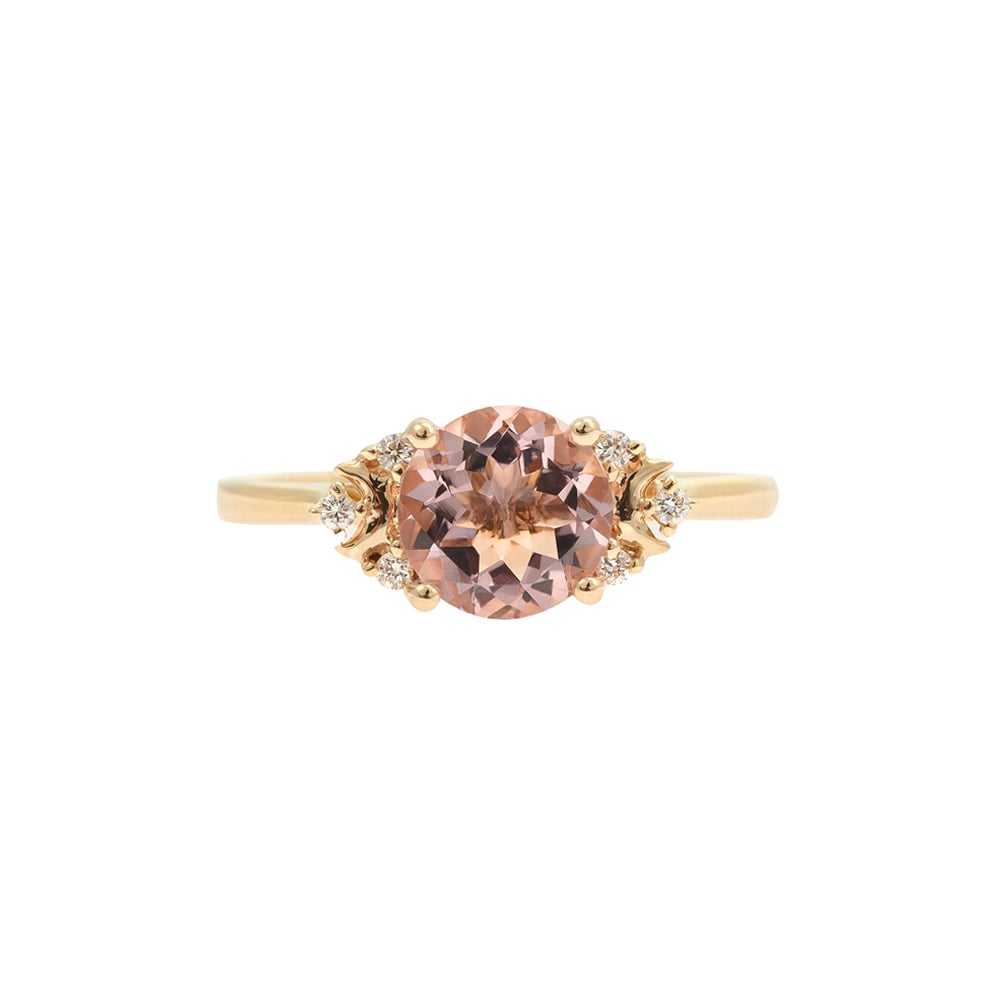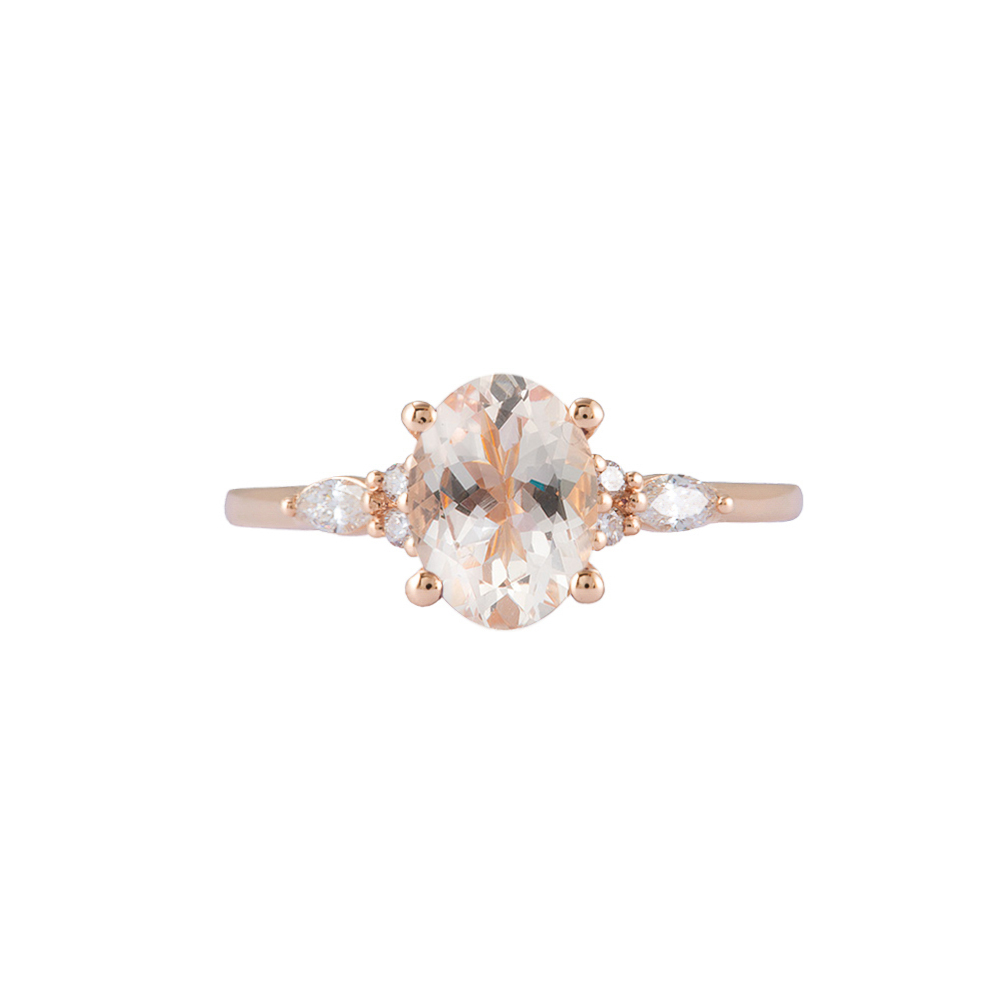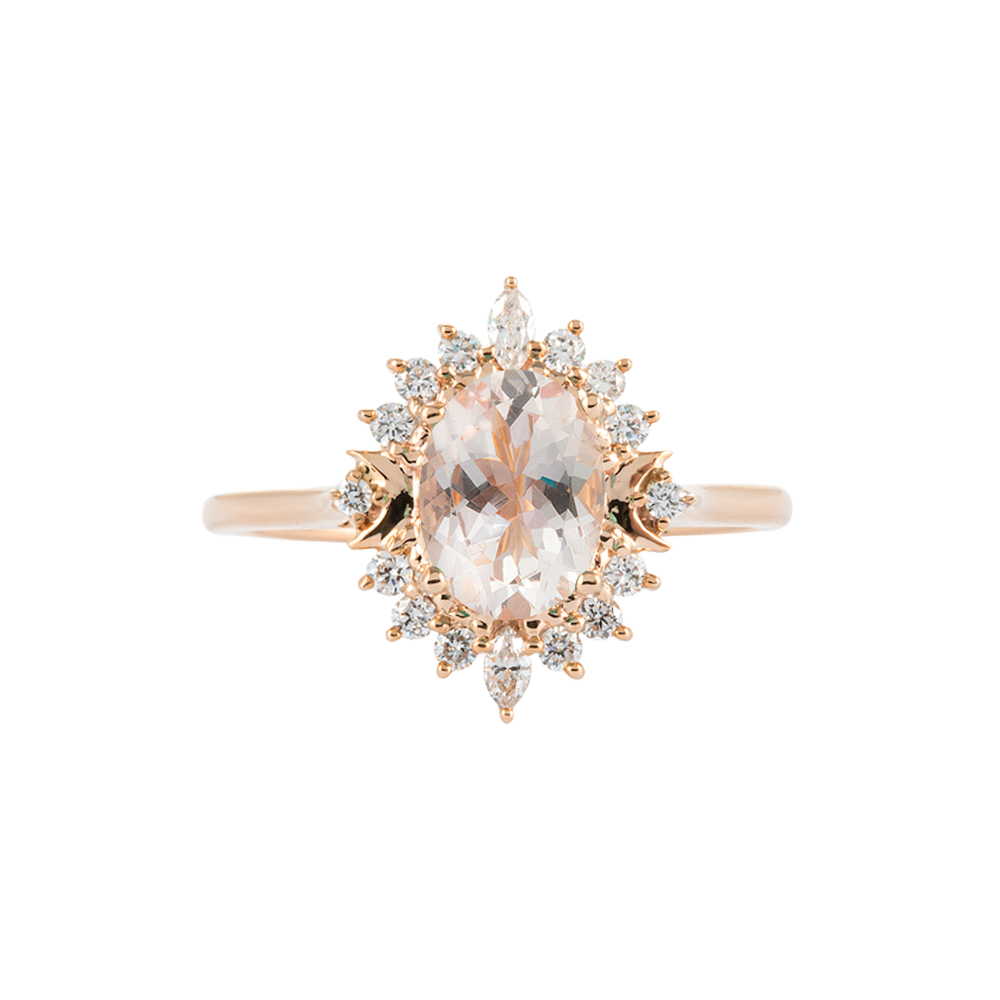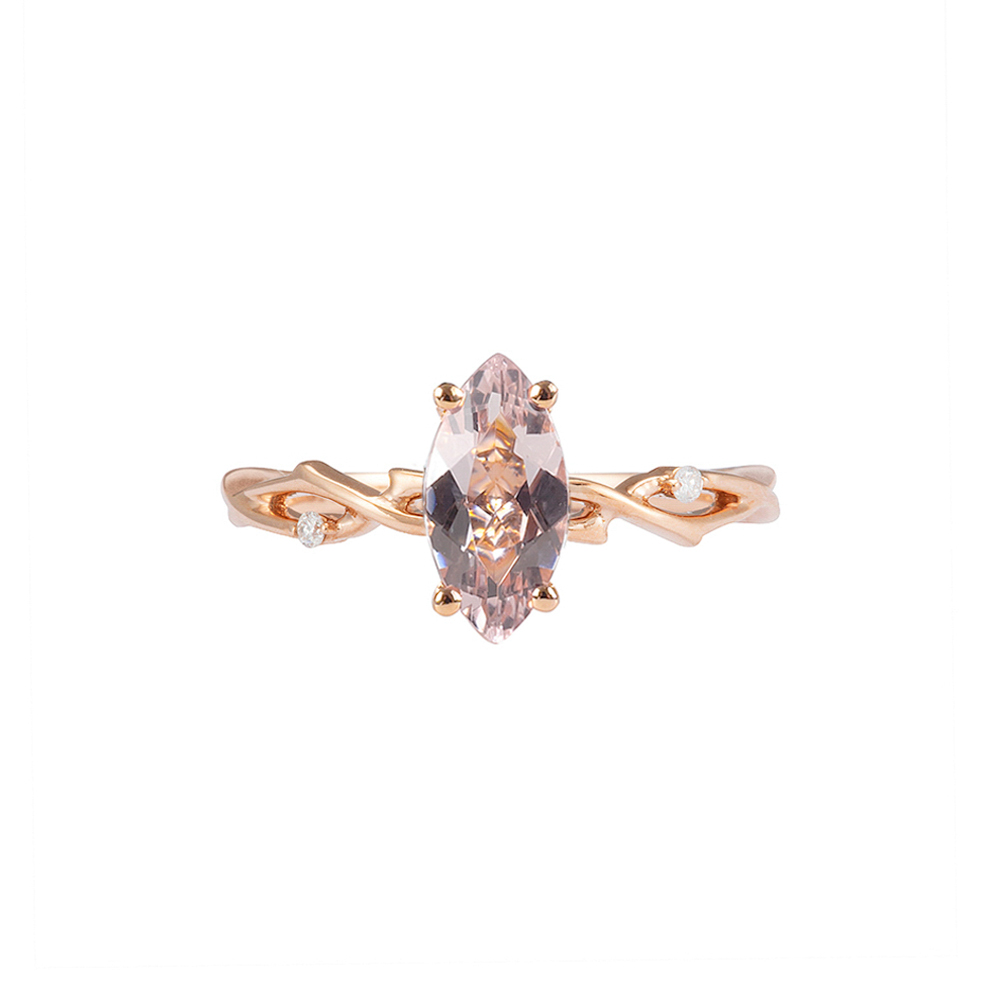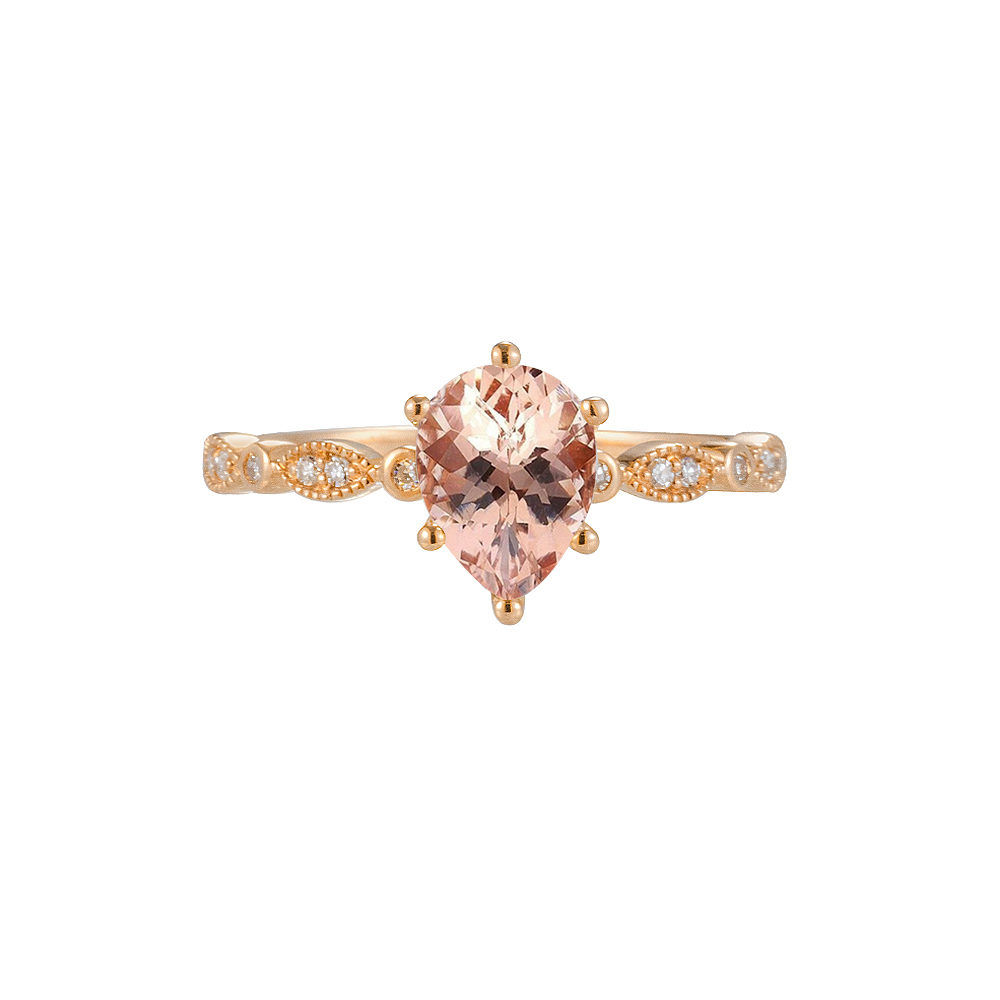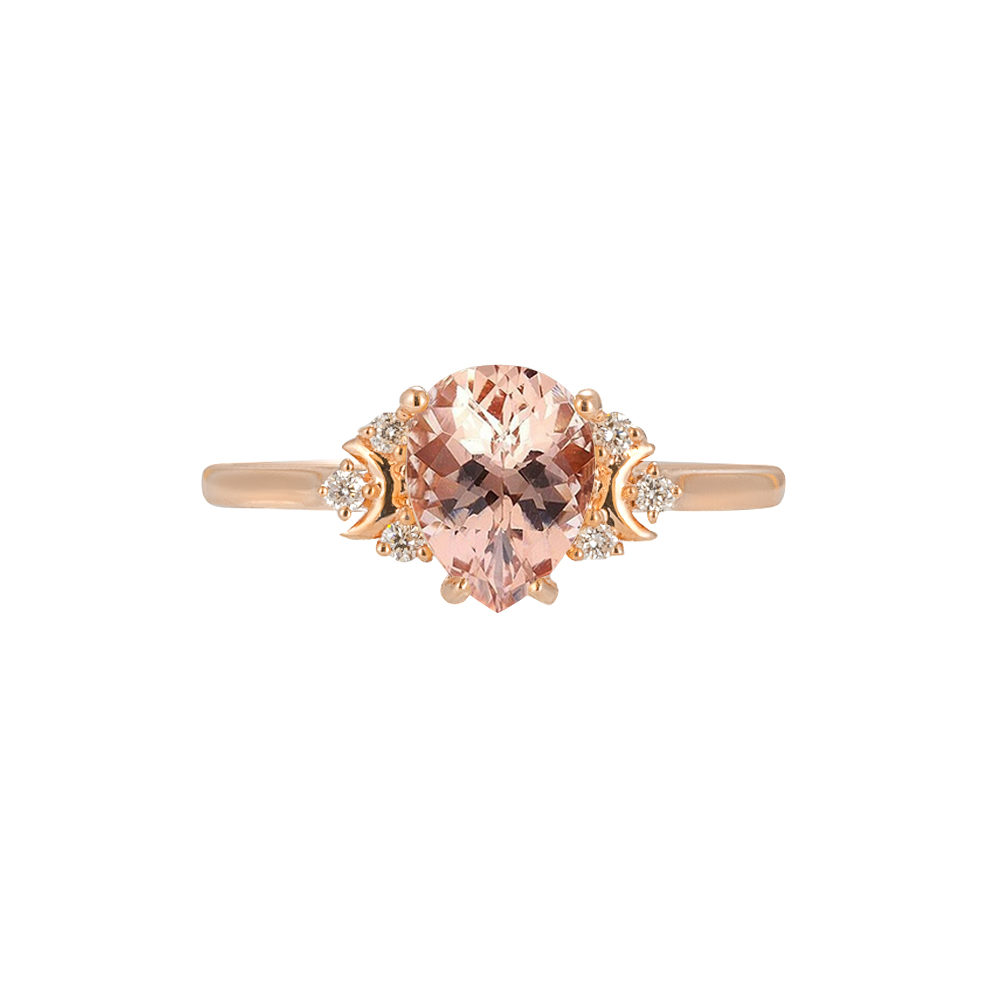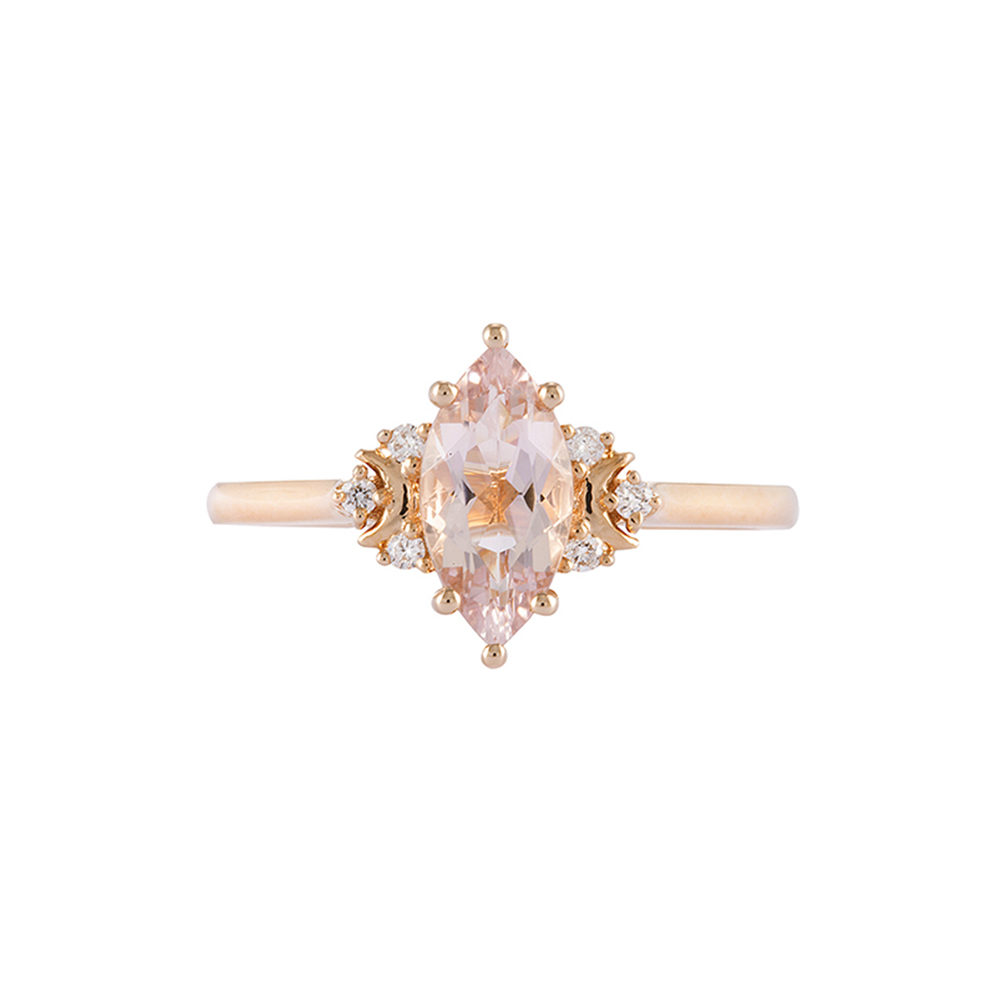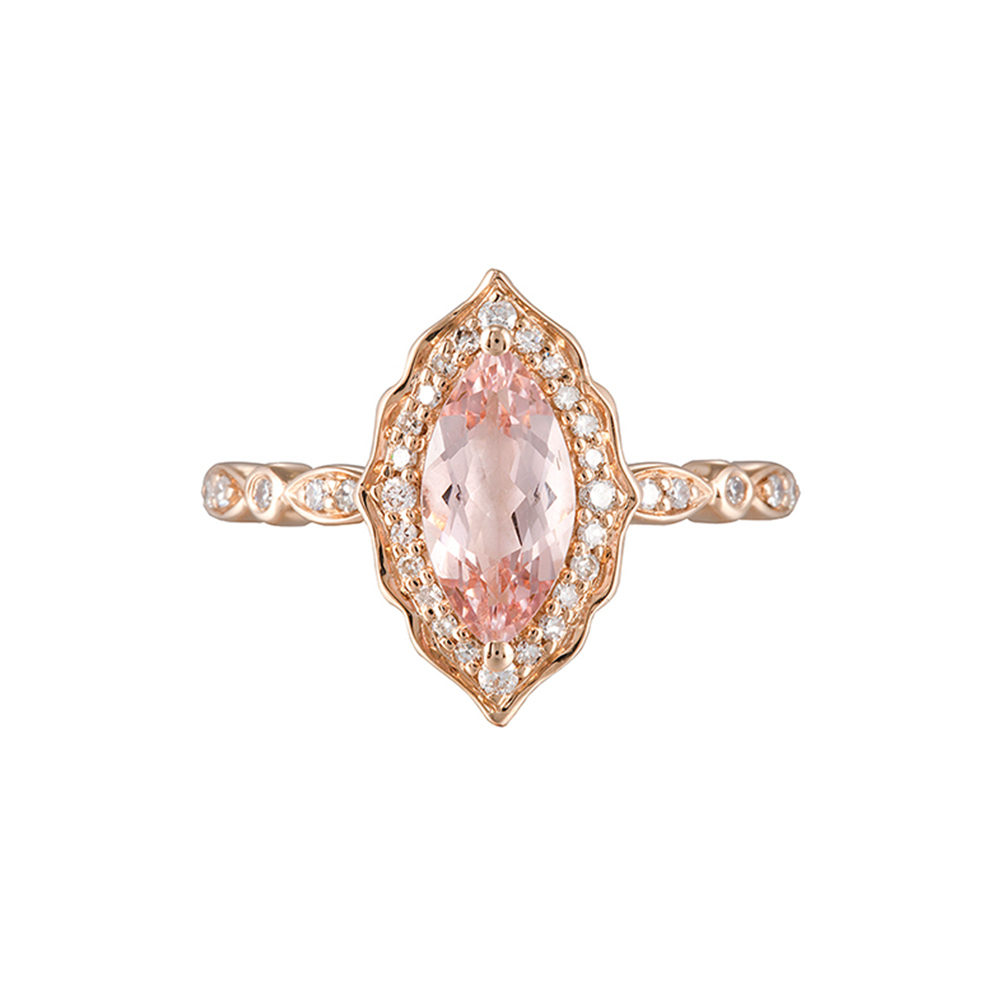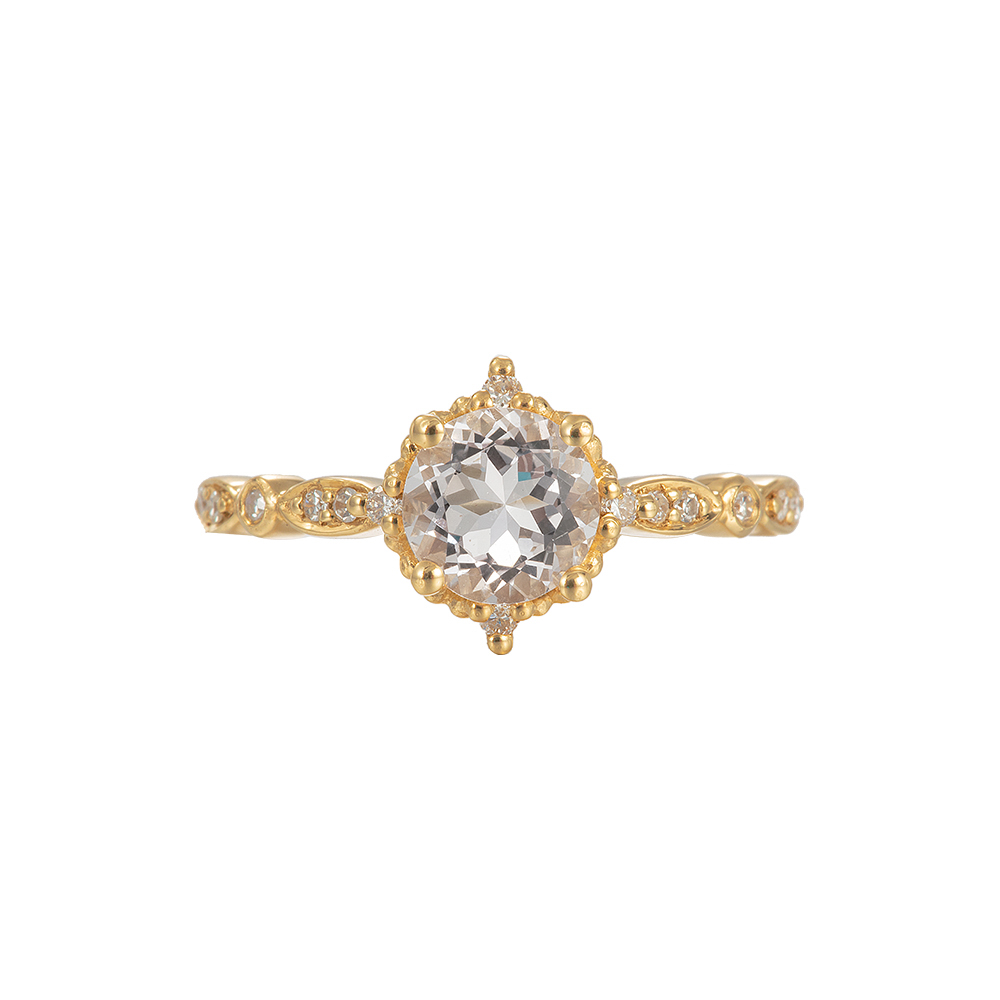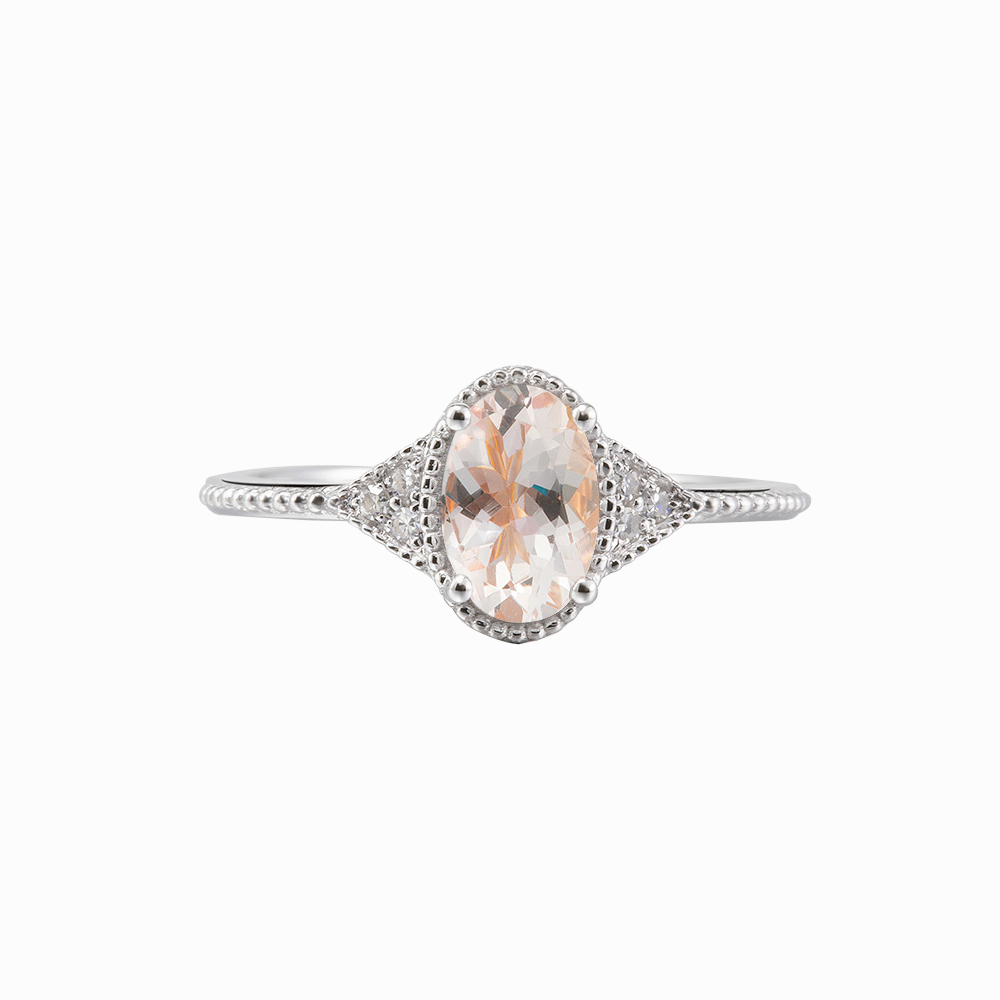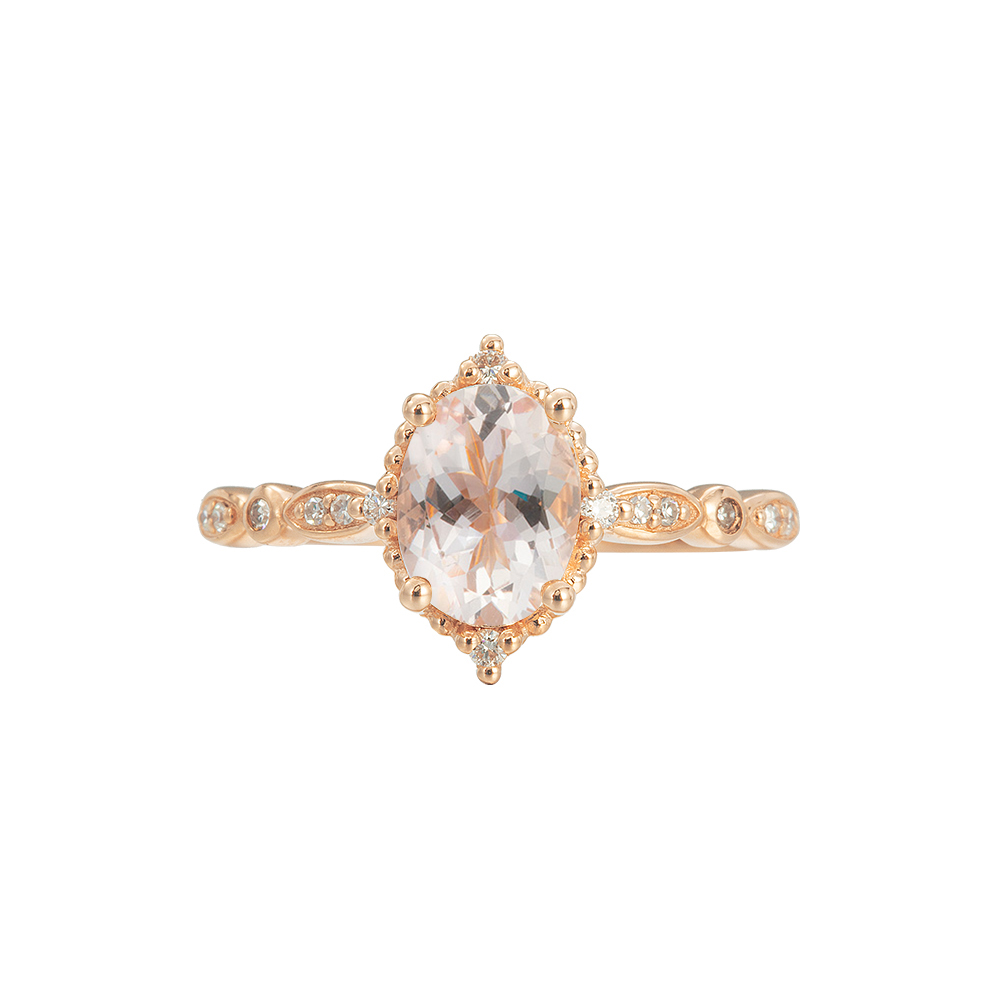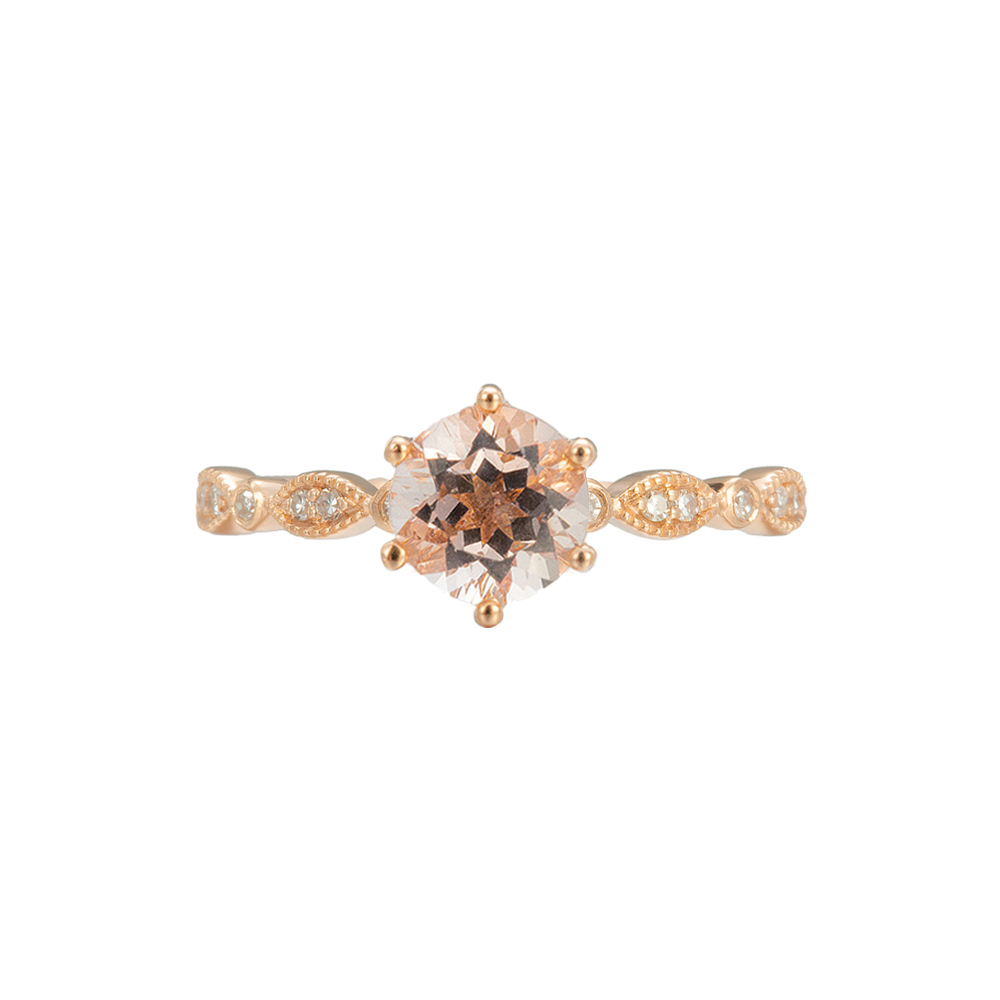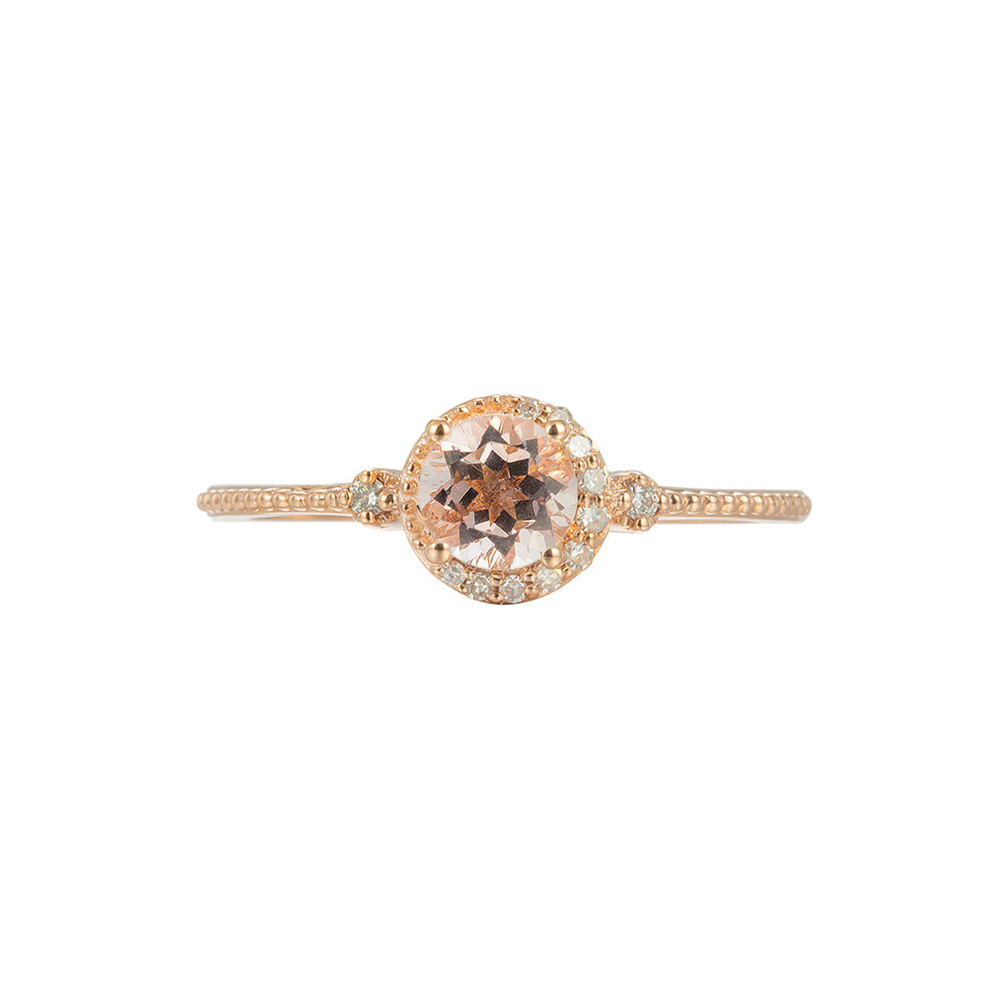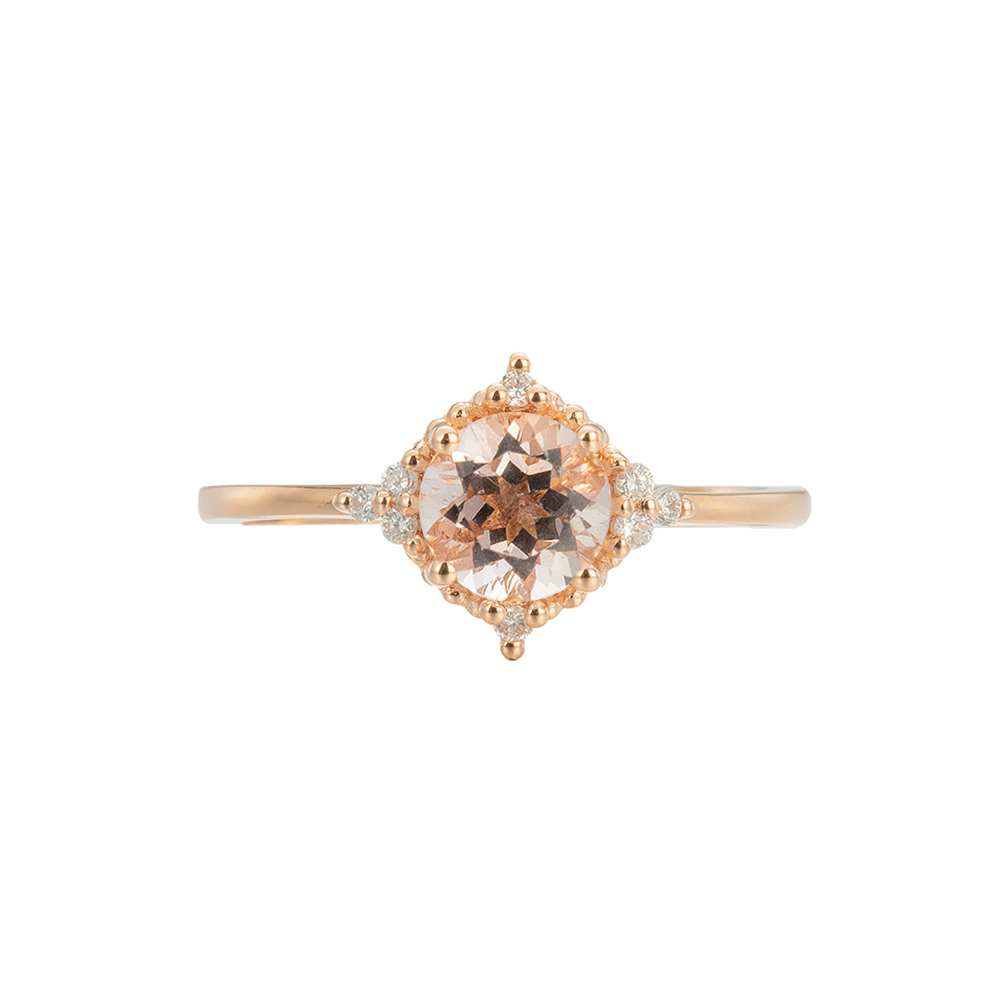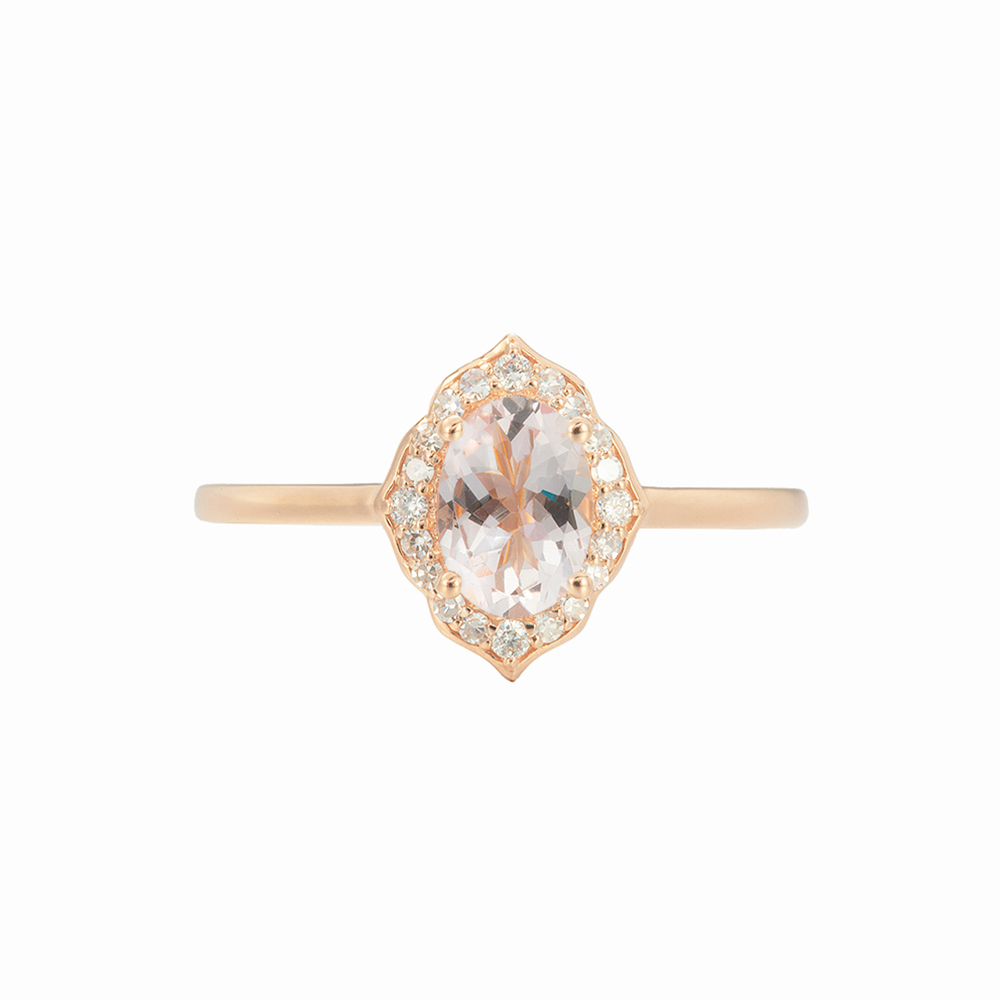Articles, Sunday Island
Why the Morganite could be a perfect fit for your wedding ring
Rings are the thing where there is an omnipresent debate about whether someone should stay classic and loyal to tried things, or on the other hand, test new, fresh things. Most of the ladies dreaming about their future engagement ring imagine a big, chunky diamond one, not even thinking about the many alternatives out there. Suffice to say, other gemstones often create a bigger impression on others, since the vast options make even the least curious eye out there glance at the magnificence of a particular color, shape or cut. Morganite is one of the latest treasures to examine when having the sweet hesitation related to engagement ring picking.
The origin of the rosy delight
Being a beryl essentially, it could be said that its distant and non-distant cousins include both emeralds and aquamarines. Although there may not be an initial correspondence coming to your mind when it comes to the mentioned gems, chemically speaking, all of them are beryllium aluminum cyclosilicates. Being discovered on Madagascar during the beginning of the previous century, it was named by one of the most influential businessmen of the time, J.P. Morgan. A few decades later, a true morganite treasure chest was found in the Maine area in the US. The biggest morganite stone was discovered there, which led to coining of the name “The Rose of Maine”. However, Brazil is the largest cradle of morganite today.
Its delicate, blush rose color is present due to Magnesium ions. However, a big amount of raw morganite has additional yellow and orange nuances. Because of that, it has to be often revamped with heat treatments that decrease those pigments and increase the rose color. Speaking Mohs hardness scale wise, it is a bit softer than the diamond. However, with its Mohs hardness being 8, it certainly is not to be called soft.
Besides the mentioned unwanted orange pigments a Morganite originally has, this precious gem is also a star in pleochroism, meaning different colors and hues are seen when the gem is observed through different angles and perspectives. That is exactly why it has to be properly oriented and cut. Because its color is ranging from blush rose to deeper violet pink, faceting is the key to enhancing the particular, always unique morganite color.
The special background of morganite
As with all gemstones, a special meaning and use is always attached. Besides the obvious one it gets by being a gift from a special someone, a morganite has a more general symbolism behind it. Intrinsically, the pinkish hue gives every morganite engagement ring a romantic, vintage vibe, perfect for once-in-a-lifetime events like engagements. While other precious stones may seem colder at certain times due to their color background (such as aquamarine, diamonds etc…), morganite is all about the color of love, sensuality and innocence.
Spiritually speaking, morganite is believed to create a cheerful aura around the wearer, lifting the euphoria up a little bit every time you look at it. It shows the world you are a caring and loving person, ready to take on the world through a caring, pink shield. Besides the delicateness surrounding, it is also an energy punch every once in a while, bringing joy to everyday activities and schedule.
Morganite – the top-of-the-mind modern choice
Although it is not quite a trend, it is definitely a tendency that will surely prevail during the next period, as morganite gained special popularity with millennial and Gen Z brides, but it is worthwhile mentioning that the morganite love is soaring among other generations as well.
So, the question is – why would you pick a morganite as THE gem for an engagement ring, a pair of special event earrings you want to invest in, or even as the center part of your new necklace. Well, the answer is simple – it exudes love with both its color and intricate faceting. Secondly, there is an interesting paradox; although it is proven that nature-wise, morganite is rarer than the most famous engagement gem, the diamond, the price of morganite is significantly lower than the price of a diamond, due to obvious economics and demand reasons. But, who knows, as with everything in society and nature, maybe the preferred engagement gems would stir up and switch in the future, and you end up with an upscale, vintage, heirloom morganite jewelry piece? Well, with the uniqueness tendencies nowadays, that is a very probable prediction.
Tips for looking after your precious stone
The precious rose treasure has to be taken care of, but luckily, morganites are not very spoilt when it comes to looking after them. The first thing you might think of is related to cleaning. Good news, morganites are low maintenance when it comes to this item, all you need is slightly warm, soapy water and voila! Your morganite piece is clean. What’s more, ultrasonic cleaners won’t do any harm either, unless the morganite has prominent fractures.
Try to avoid scratching it on rough surfaces, a common precaution with every gem out there. It should be mentioned that this preciousness can be attacked by hydrofluoric acid, which is presumed not to be in everyday, mundane use, unless you really like using heavy duty rust cleaners with your goody morganites on. And that is something we truly doubt.
View the entire collection

